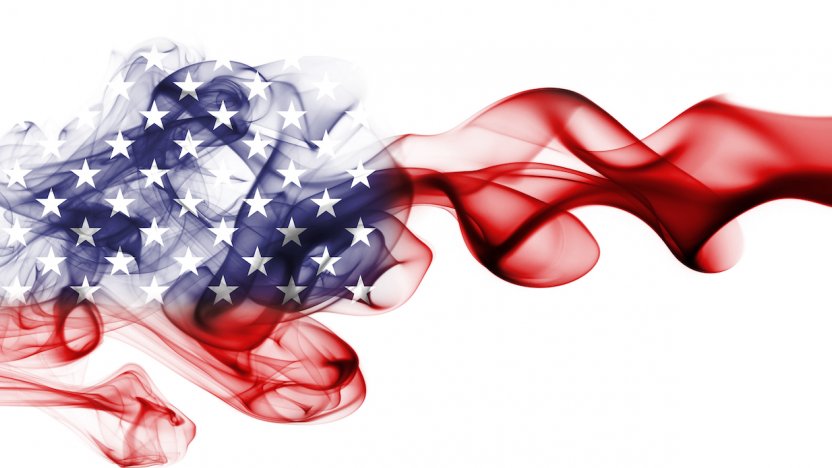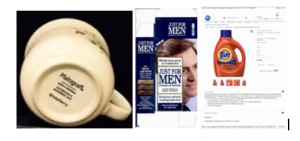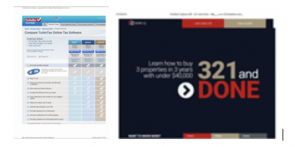Practical differences: Meeting the requirement to prove trademark use in the US

As the requirement to submit proof of use at the USPTO is different to practices in Europe, it can cause problems for brand owners looking to protect their trademarks in the important US market. Marianne Tissot and Marion Mercadier explain when evidence of use is required, and set out best practices for obtaining protection for trademarks in the US.
Under certain conditions, proof of use is required when filing a trademark application at the US Patent and Trademark Office (USPTO). Whether or not such evidence is required will depend on the filing strategy and process chosen:
- Where a US national application is based on intention to use or use in commerce, evidence is required at the point of filing to certify that the mark is in use and must be submitted before the end of the registration process.
- One of the advantages of filing an international trademark application, designating the US, or a national registration based on a foreign application or registration basis is that it is not necessary to file evidence of use at this point, but only a declaration of intent to use the trademark.
- In other words, if a trademark is not yet in use in the US (at the time of filing), it will be more judicious for applicants to obtain protection via an international trademark application, designating the US, or to base it on a foreign application or registration. If trademark use is imminent or existing, however, a national application may be preferable based on use in commerce or intent-to-use.
- Between the fifth and sixth year of registration (and at the latest by the sixth and a half, taking advantage of the grace period, a declaration of use will need to be filed, containing proof of use (‘specimen’) and attesting that the mark has been in use since its registration.
- Between the ninth and 10th year of each registration.
Meeting the USPTO’s requirements
Any trademark owner who has ever had to go through these steps at the USPTO will know that the process can be complex. Key points to note here include:
1. Firstly, it is important to show the actual use of your mark in the US. Thus, if only part of your designated products and services are marketed in the US, it will be necessary to remove the unused products and services or to benefit from the grace period, if new uses are expected during this period.
2. Next, you must file a proof of use (or ‘specimen’) that is acceptable by the USPTO. This must demonstrate how the mark is used in commerce. Crucially (and to be acceptable), this proof of use must show the mark in use with the products and/or services covered by the registration. At least one acceptable proof of use per class is required (see guidelines below).
3. The USPTO is focused on maintaining only registrations for goods and services for which trademarks are used in commerce (although temporary non-use might be justified due to special circumstances, such as COVID-19). It recently launched a ‘Post Registration Audit Program’ to verify the accuracy of the information it receives. As part of this, the USPTO selects 10 to 15% of declarations of use at random and requests proof of trademark use for two additional products or services:
- If the trademark owner provides proof of use, the protection of his trademark is maintained for these products and/or services.
- If the trademark owner does not succeed in proving the use for these two products or services, they will then be asked to prove use for all the remaining products and services, and to delete any that are not marketed in the US (upon payment of a fee for their removal).
Since its introduction, this program has enabled the USPTO to remove products and services or to cancel trademarks for more than 50% of audited statements of use.
4. Finally, for trademark owners that have made genuine and undisputed use of their mark in the US for five years, it is possible to file a declaration of incontestability. This declaration is very interesting because it provides a reinforcement of their rights: a presumption of validity of the mark which can no longer be challenged on certain grounds, within the framework of a civil procedure before the courts.
Specimens of use: What is considered acceptable?
The following provides an overview of the specimens that are considered acceptable (and not acceptable) at the USPTO to function as evidence of proof of use (source: USPTO).
Products
Examples of acceptable specimens :
:
- a label;
- a photo of the product (see first image, right);
- a photo of the packaging showing the trademark concerned (see image, centre);
- an extract from a catalogue;
- a screenshot from the website where the products are sold (see image, far right).
Examples of refused specimens:
- adverts;
- invoices;
- press releases;
- brochures;
- business cards;
- letterhead;
- order forms.
Services
Examples of acceptable specimens:
- a photo of the sign of a commercial premises where services are provided;
- a brochure on these services;
- a business card referencing these services;
- an extract from the website where these services are marketed (see images, above right).
Examples of refused specimens:
- a computer-modified image or photo;
- an artistic representation;
- a mockup of a website or an advertisement;
- only the website address;
- a screenshot of a website that does not provide sufficiently precise and complete information on the services.
Summary of key DOs and DON’Ts
Brand owners should take note of the following DOs when looking to file their trademark applications in the US:
- Do define upstream the targeted wording of the products and services used or projected to be used in the short and medium term in the US;
- Do favour the international trademark route or national registration based on a registered foreign national mark or application if the mark is not yet used in the US at the time of filing;
- Do prepare a file of evidence showing the mark’s proof of use in the US, without waiting for the end of the deadline to file the declaration of use;
- Do file high-quality specimens to show this proof of use, representing the mark as registered, in full and associated with the designated products and/or services;
- Do file a declaration of incontestability if the mark has been used continuously in the United States for five+ years.
The following DON’Ts also apply:
- Don’t register trademarks for products and services or classes that you do not plan to use;
- Don't use a variation of the mark concerned or of another mark to try to prove the use of a mark;
- Don't submit a declaration of use containing incorrect information. If necessary, the products and services could be removed for fraud, at the request of a third party, or the mark could be canceled.
Please get in touch for further advice or support on obtaining trademark protection in the US.
Marianne Tissot and Marion Mercadier are French and European Trademark Attorneys, and are based at Novagraaf’s office in Paris.